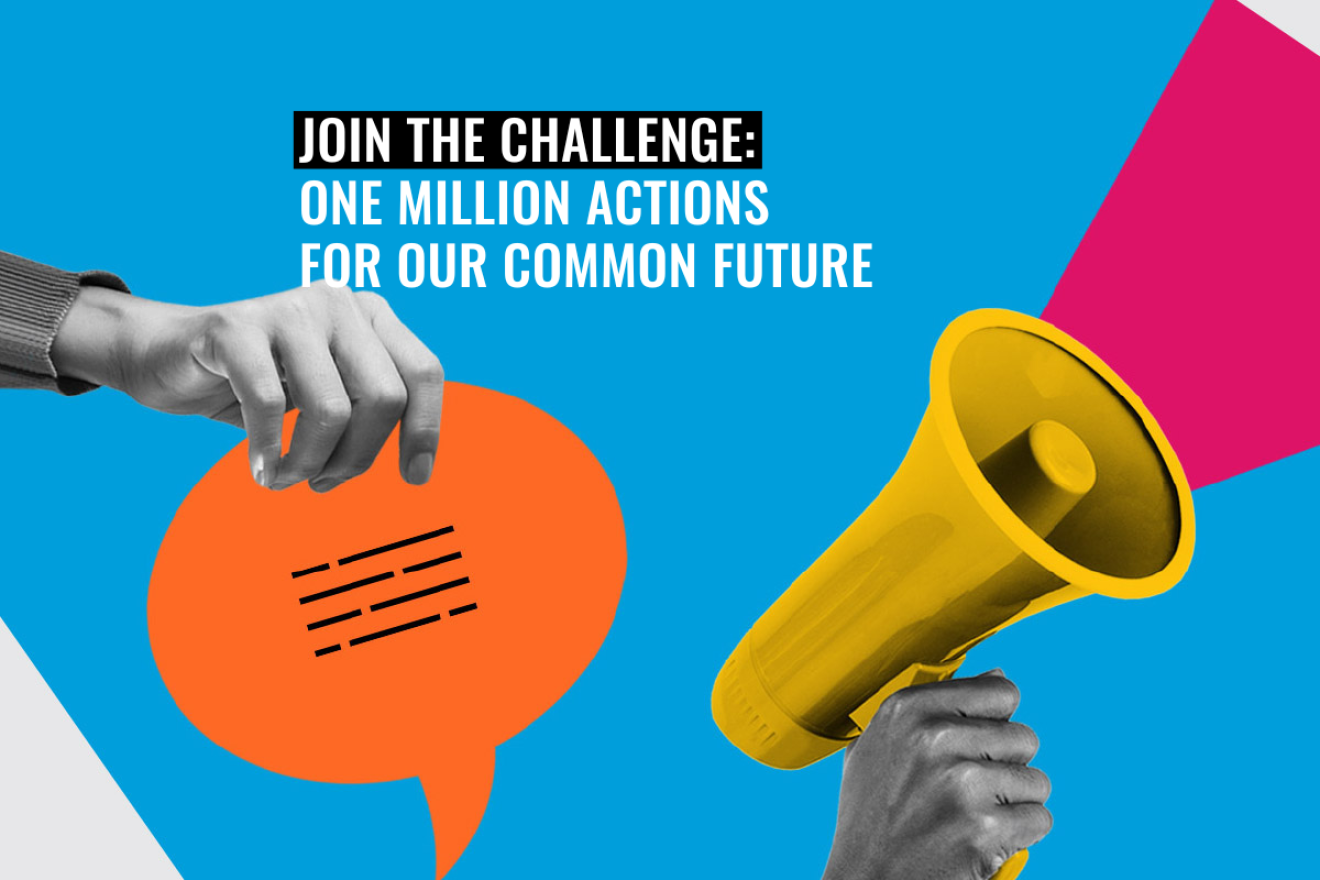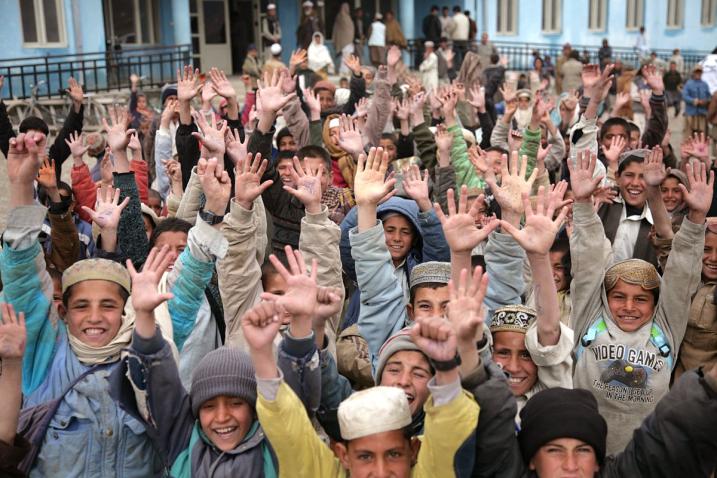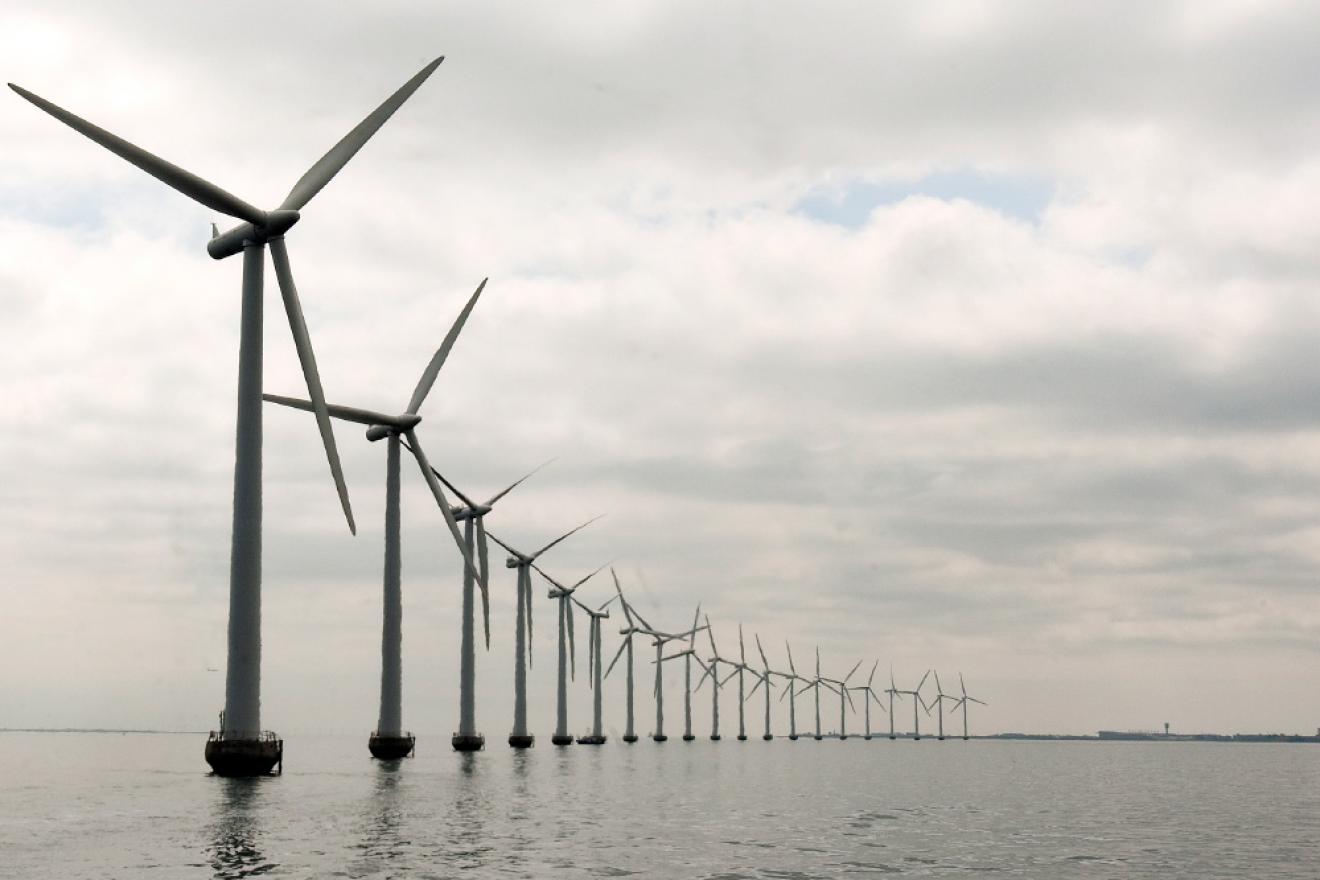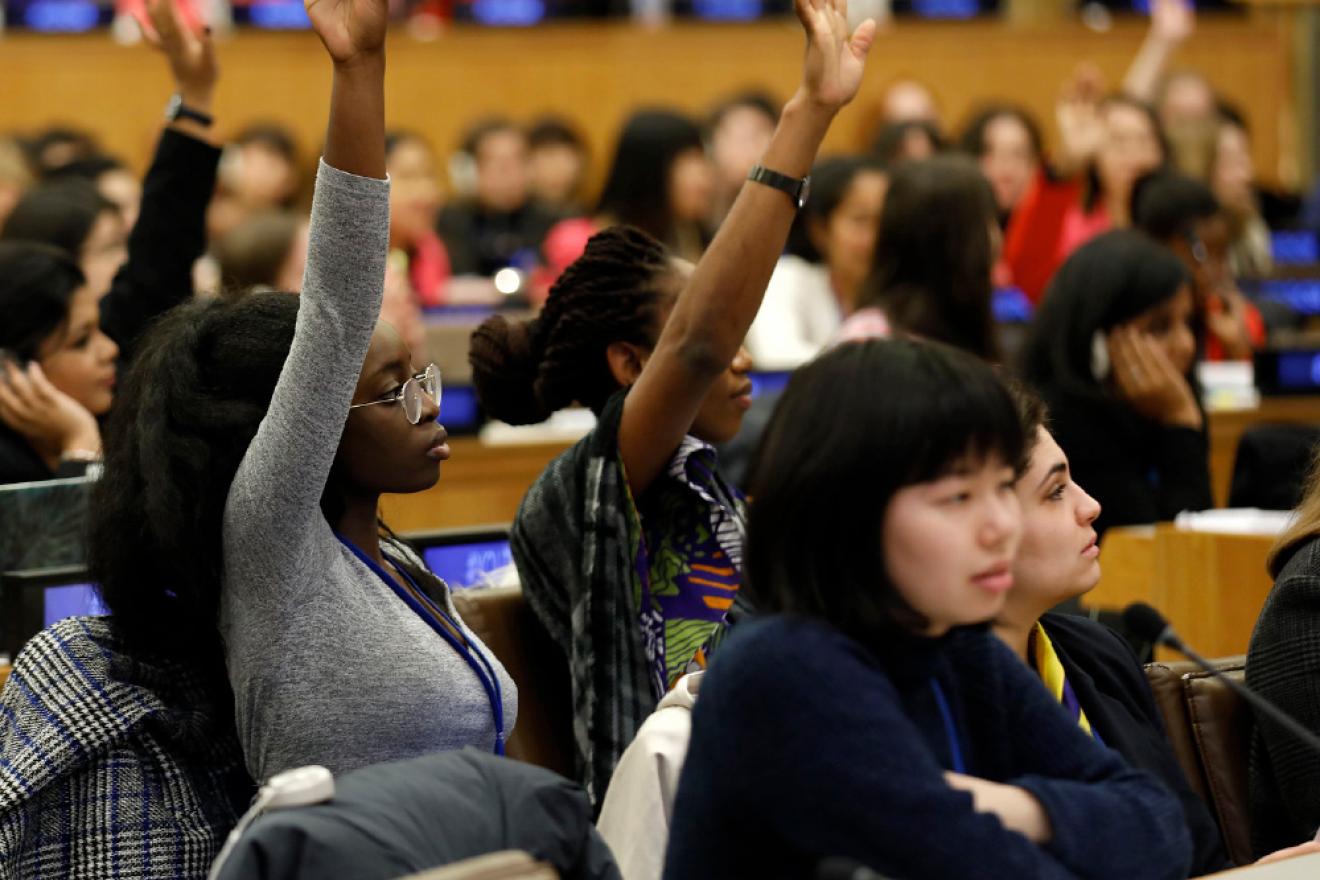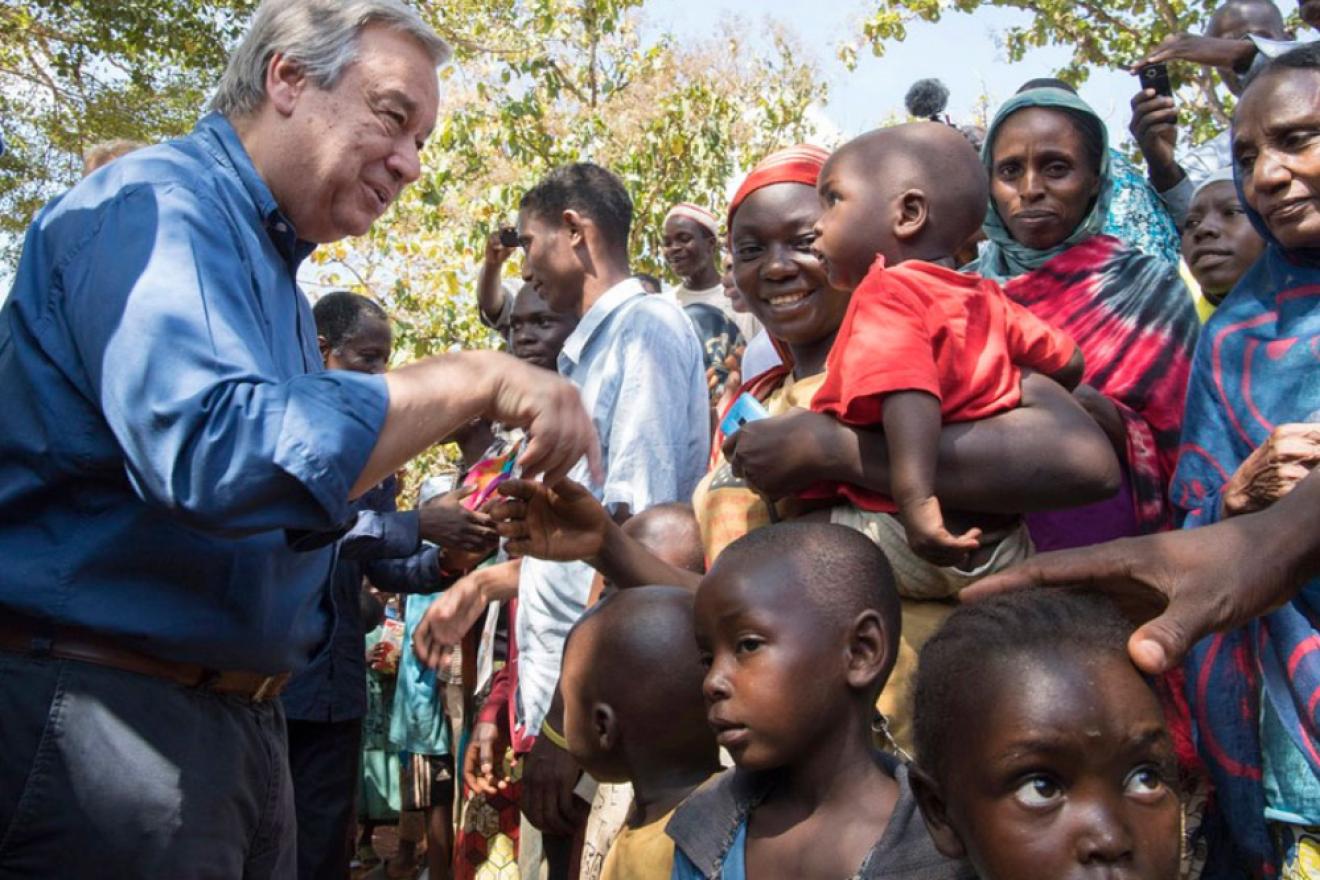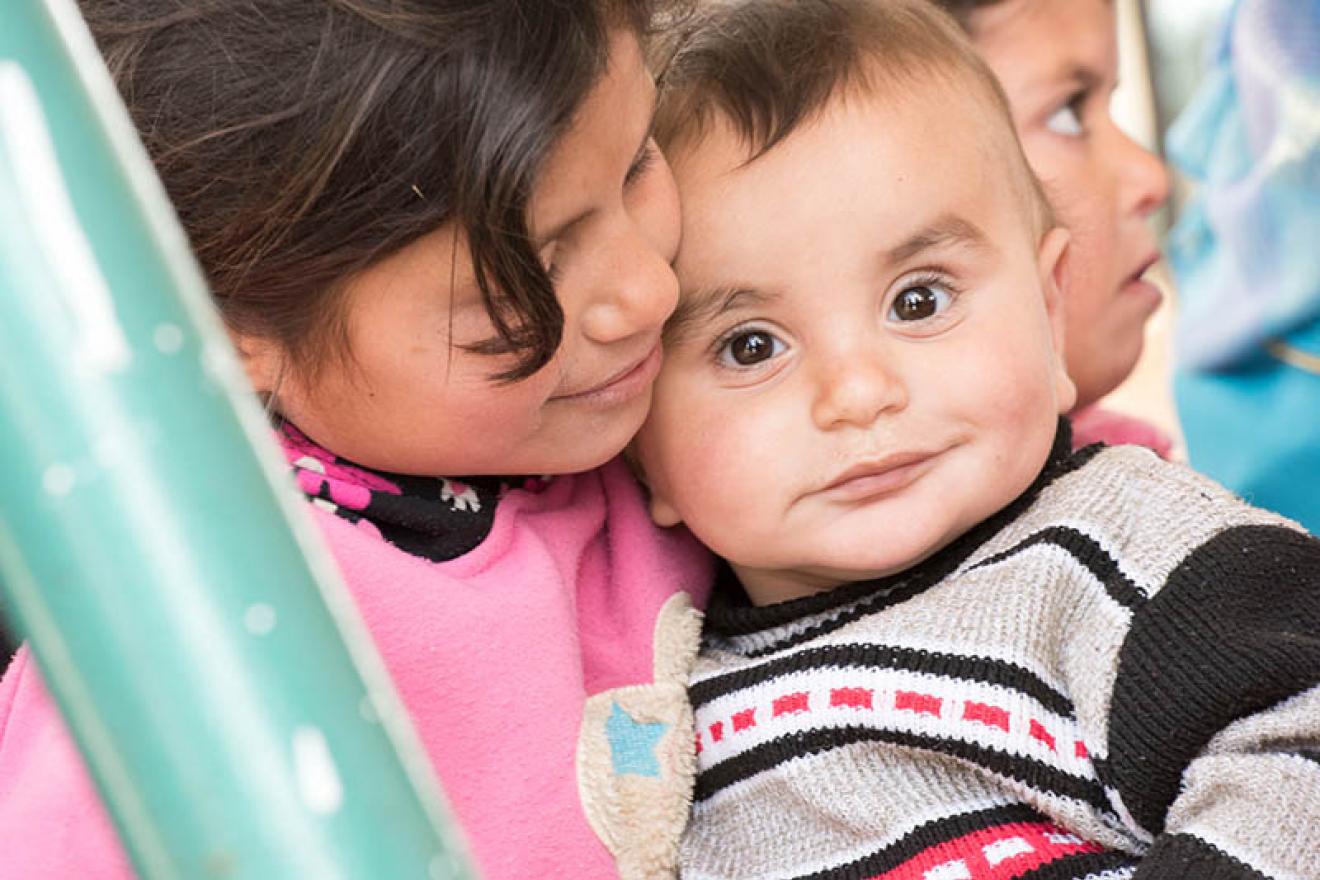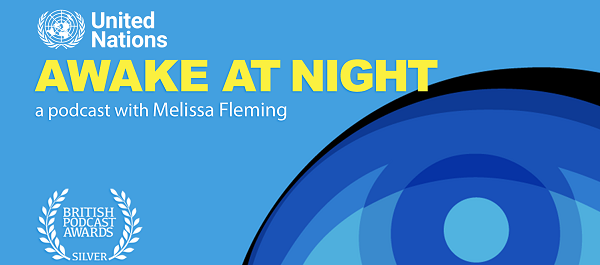Amid a global backlash against women’s rights, women are committed to championing rights and representation. Survey results from 185 countries show that 86 per cent cite climate change, and more than 50 per cent identify conflict as primary concerns for the next decade. Mental health and family responsibilities are seen as barriers to reaching full potential. Access the full and the .
Drowning is a leading cause of accidental death
Every year, an estimated 236,000 people drown, making drowning a major public health problem worldwide. It is one of the leading causes of death for children and young people. Most of these deaths are preventable, through evidence-based, low-cost solutions. World Drowning Prevention Day (25 July) serves as a global advocacy event to highlight the tragic and profound impact of drowning on families and communities and to offer life-saving solutions to prevent it. Read about for three interventions to prevent drowning that can be implemented at the community level.
25 July 2024 — The UN chief on Thursday issued an urgent call to action to better protect billions around the world exposed to crippling effects of extreme heat, as global temperature rise...
25 July 2024 — As President Biden on Thursday prepared to meet Israeli premier Benjamin Netanyahu to discuss progress on a Gaza ceasefire and the release of all hostages still held in the enclave...
24 July 2024 — About 150,000 people fled Khan Younis in a single day on Monday following evacuation orders issued by the Israeli military there, UN humanitarians have said, intensifying pressure...



